- Empty cart.
- Continue Shopping
Chamatha ( Butea Frondosa) Brehma Vriksham
Original price was: ₹780.00.₹448.00Current price is: ₹448.00.
Genus : Butea
“The Chamatha (Chamomile) Plant is known for its beautiful white flowers and calming fragrance. It is a popular herb used for making teas, infusions, and natural remedies. Enjoy the soothing effects and delicate flavor of Chamatha with this easy-to-grow plant.”
Butea frondosa, commonly known as the flame of the forest, is a medium-sized deciduous tree that belongs to the Fabaceae family. It is native to the Indian subcontinent, and is found in India, Nepal, Bhutan, and Sri Lanka.
The tree can grow up to 15 meters in height, and has a thick, rough bark that is grey or dark brown in color. The leaves are large, alternate, and pinnate, and have a reddish tint when they first emerge. The tree produces bright orange-red flowers that are arranged in clusters at the end of the branches. The flowers are large and showy, and have a distinct shape that resembles a flame.
The fruit of the Butea frondosa tree is a pod that is about 10-15 cm long and contains several seeds. The pods are flat and brown in color, and split open when they are mature to release the seeds. The seeds are shiny and black, and have a hard outer coating.
Butea frondosa has a long history of use in traditional medicine. The tree and its various parts have been used to treat a range of ailments, including fever, diarrhea, dysentery, and skin diseases. The bark and leaves are particularly valued for their astringent and anti-inflammatory properties, and are used to treat wounds and other skin problems.
In addition to its medicinal properties, Butea frondosa is also valued for its wood, which is hard and durable, and is used for construction, furniture, and other purposes. The tree is also cultivated as an ornamental plant, and is a popular choice for landscaping and gardening due to its striking flowers.
Overall, Butea frondosa is a versatile and valuable plant that has played an important role in traditional medicine, industry, and landscaping. However, as with all medicinal plants, it should be used with caution and under the guidance of a trained healthcare professional.




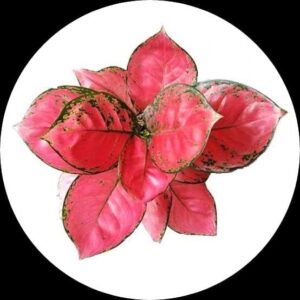
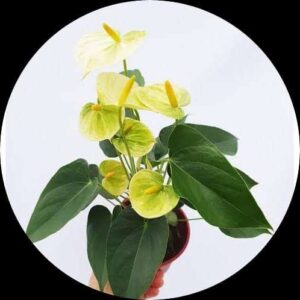


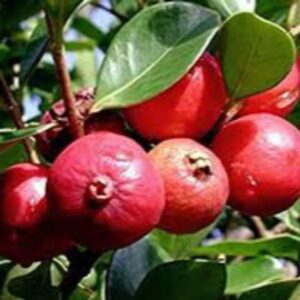

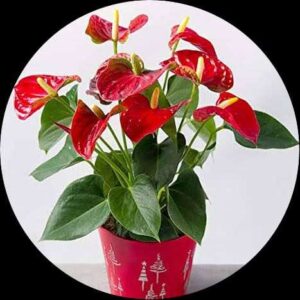
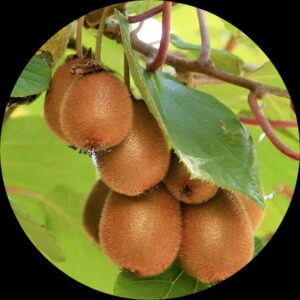
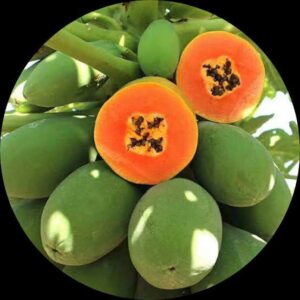
Reviews
There are no reviews yet.